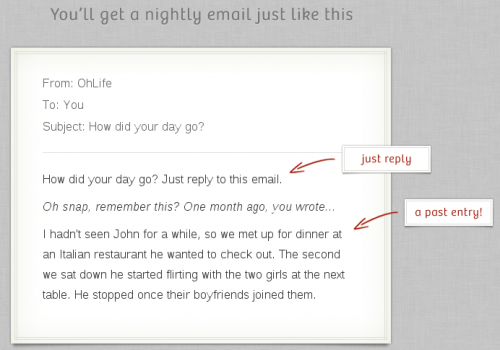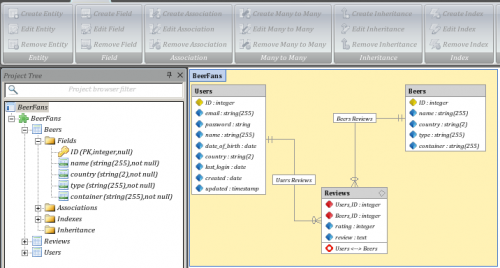Over the years that I’ve been blogging, quite a few people asked me if I know of any easy way to maintain a private blog. They seemed to not care about the rest of the world and just wanted a private diary, but without paper and without too much technical hassle. Of course, there are many applications, like WordPress, that could be installed on a personal computer and used in private mode. But that still seemed too much work for a diary. So I never really had a good answer, except use any text editor and save files in some date-based directory structure.
Recently I came across a very elegant solution to the problem though. OhLife is a simple and straightforward blogging service. It has two very distinct features that together set it apart from most other blogging services. It enforces private blogs – only you see your entries. No public stuff, no friends, no nothing. And they help you build a habit out of blogging by sending you an email every night with a question “How did your day go?“. This seems so natural and so simple that I can’t think of anybody who won’t be able to do it.


